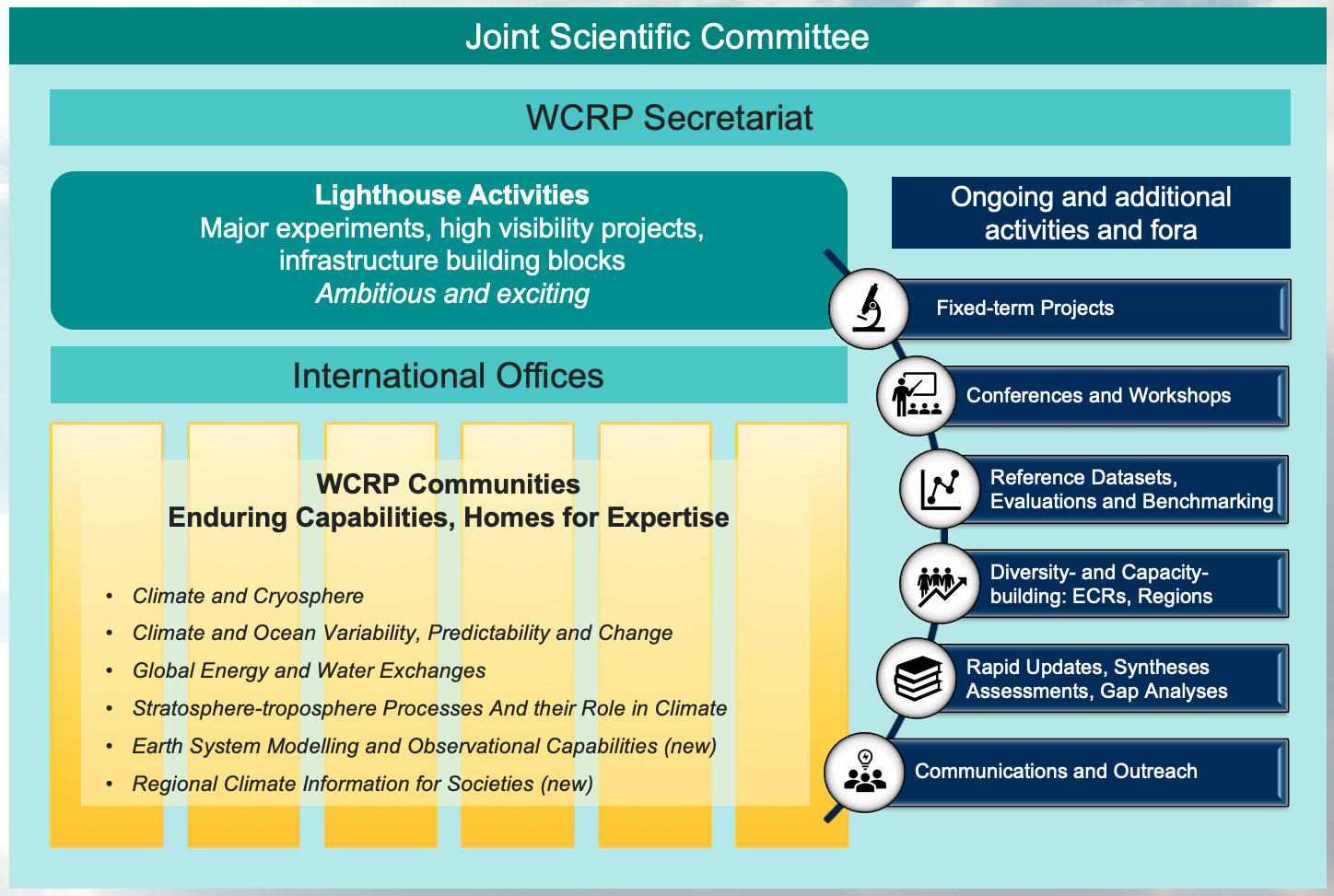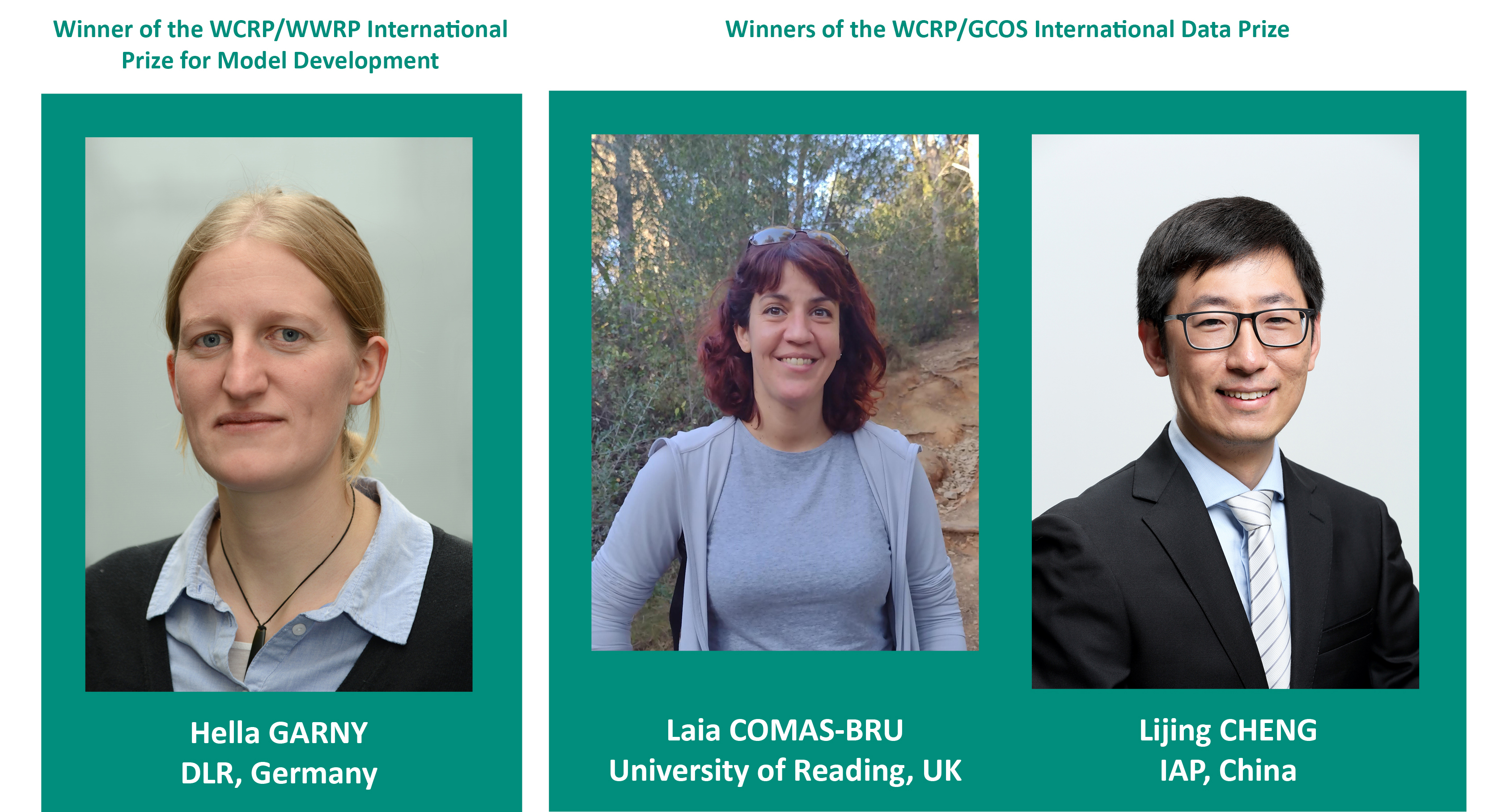A selection of new science articles from the past week of interest to the SPARC community (a SPARC Office choice).
Perspective on Aircraft in the Stratosphere: 50 Years from COMESA through the Ozone Hole to Climate. By A.F. Tuck in the Quarterly Journal of the Royal Meteorological Society.
Effective vertical diffusion by atmospheric gravity waves. By H.-L. Liu in the Geophysical Research Letters.
Unprecedented Observations of a Nascent in Situ Cirrus in the Tropical Tropopause Layer. By I. Reinares Martínez et al. in the Geophysical Research Letters.
The Berkeley Earth Land/Ocean Temperature Record. By R.A. Rohde and Z. Hausfather in Earth System Science Data.
The Energy Modeling Forum (EMF)-30 study on short-lived climate forcers: introduction and overview. By S.J. Smith et al. in Climatic Change.


